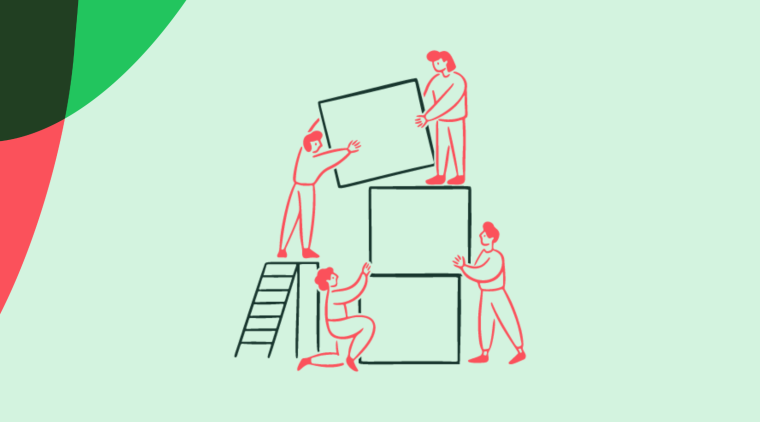When was the last time you had a delightful experience with a company? A moment that made you want to tell all your friends about how great they are and hand out referral codes like confetti? My most recent delightful experience was pretty mundane, but hear me out.
I’d just moved apartments and brought my screw-on tap water filter—but it didn’t fit the new tap. I went to the company’s website and found an easy-to-navigate help center that gave me clear instructions on how to order a tap adapter—just take a picture of the tap with a coin that is the same size and email it. Honestly, I’d expected to pay for this and was pleased that I didn’t have to pay anything extra to get that fresh filtered water.
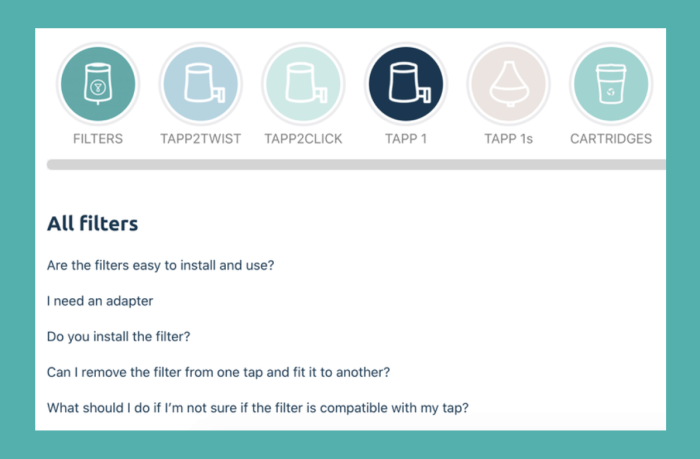
Why was this experience so great? It was friction-free and the adaptor was sent in a couple of days for free. Delightful. And that need for delightful experiences is on the rise, we don’t settle for bad service anymore. I’ll let the data do the talking—86% of customers are willing to pay more for great customer experiences from customer-centric companies. I include myself in that percentage.
What does it mean to be customer-centric?
Putting your customer first is a given—this isn’t news to any successful brick-and-mortar or online business. But for online companies especially, being customer-centric needs to run through the veins of the entire business, as our Technical Champion, Tiago, puts so well:
“Being customer-centric is more than just putting customers first—it’s about flipping the company’s culture, goals, and metrics to be focused around solving a set of problems for a set of customers, thus bringing the customers’ happiness to the driving seat.”
— Tiago Mota, Technical Champion @ Chameleon
You need to have a 360-degree customer-centric approach to everything they do. And all teams need to be on this train of excellence—monitoring feedback, actively engaging with customers, and sharing customer concerns and needs. It’s one thing to say you’re listening to your customers, but are you delivering on their feedback? Improving customer satisfaction and NPS is a great KPI that all departments can work towards as you strive to be truly customer-centric.
“A lot of companies say they are ‘customer-centric’, but often don't put their money where their mouth is. In my opinion, being customer-centric means making decisions that always consider the customer—from what features to release or sunset, to how you market your product.”
— Anca Croitoru, Senior Customer Success Manager @ Mixpanel
Like Anca says, successful customer-centric companies should incorporate the voice of the customer into product decisions as well as their product marketing. You won’t know what customers are really craving unless you interact with them. And while you might think that users really want more customization in your product, the reality could be that they want a Slack integration. Customer centricity begins and ends with, well, the customer—as Chris told us:
“Being customer-centric means beginning with the customer, thinking about what content, promotions, features, training, and so on will directly benefit the majority of your customers in a positive way. Additionally, it means focusing on a relationship over a transaction.”
— Chris Cardone, Customer Success Lead @ Unstack
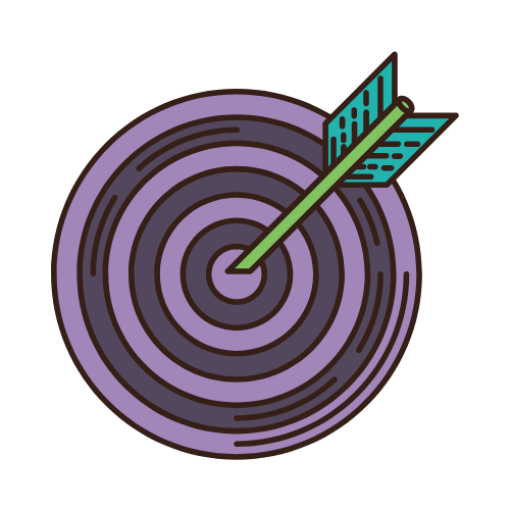
🎬 Webinar: The SaaS Guide to Customer Centricity
Join our panel of SaaS product experts for a discussion on how (and why) you can become more customer-centric.
Our definition of customer-centricity
With all these points in mind—we’d describe being customer-centric as:
“Putting customers at the center of your company’s output—whether that’s product updates, communications, or KPIs. A customer-centric strategy is a cross-functional effort which prioritizes customer happiness, always”
With that definition clarified, let’s look at why you need to be customer-centric and how you can start prioritizing customer happiness.
Why you need to be customer-centric, always
It all comes down to customer satisfaction. Customers who have a brand experience will steer clear of your brand and impact your word-of-mouth referrals. Sure, you can keep bringing in new customers—but if you have a band of upset ex-customers spreading bad words about your company on G2 or Trustpilot, it’s going to be a whole lot harder to convince new customers to join you. In fact, after just one negative experience, 61% of the customers choose to never do business with that company again.
To go further with the point of customer satisfaction—these happy customers turn into loyal customers. It’s seven times cheaper to focus on your loyal customers than it is to acquire new customers—plus, they’re worth 10 times more money than a fresh user is.
“Today’s consumers do not buy just products or services—more and more, their purchase decisions revolve around buying into an idea and an experience.”
— McKinsey’s report on customer satisfaction
When you put customer success at the center of everything you do, you end up with a customer-centric flywheel—a growth loop that works for itself. Delighted customers become loyal customers who bring in more signups for you. Those signups become paying customers with ease, taking the burden off of your Sales and CS teams—and lowering your CAC which Marketing will love. All of this together creates a more efficient cross-functional effort, allowing all departments to communicate back to Product who can ship features that users crave, creating even more happy customers. Now keep that track on a loop.
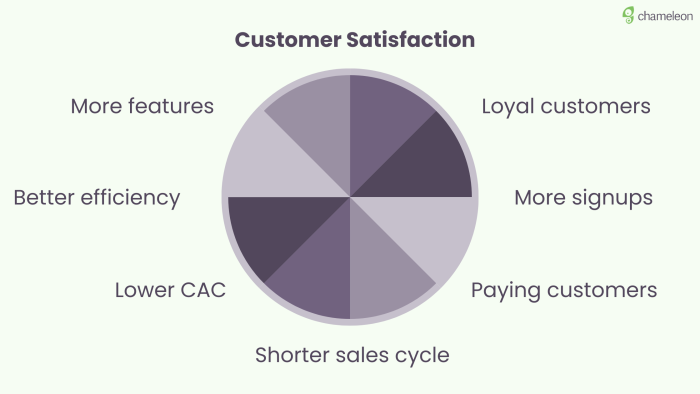
How to become customer-centric: seven steps to delight
Becoming customer-centric doesn’t happen overnight. You need to take a step back and evaluate how you currently stack up before you can begin to improve. These steps will see you on your way to customer delight.
Understand the user journey
Before you do anything, take a walk in your customers’ shoes—however many pairs you’ll need. Top tip for this one, if you have any newbies on the team, get them on board for this task, a fresh pair of eyes is wonderful here. By creating a customer journey map, you can understand how customers engage with your brand, any points of friction, where they go to find help, and what success feels like.
Get started by mapping the journey into five sections that you can easily present visually:
Awareness: What does the discovery flow look like? Can potential customers find you through Google, social ads, review sites, etc.? And how is the messaging—is it consistent or confusing?
Consideration: What questions would a customer have? Are there any objections or challenges that would arise? What motivations do they have to sign up?
Purchase: What is encouraging prospects to purchase—or discouraging them?
Service: What is the overall in-product experience like? What does your onboarding process look like? Is there help available, always?
Loyalty: How long do customers stay around before churning out? Is there a referral process in place? Can users get additional features or priority support?
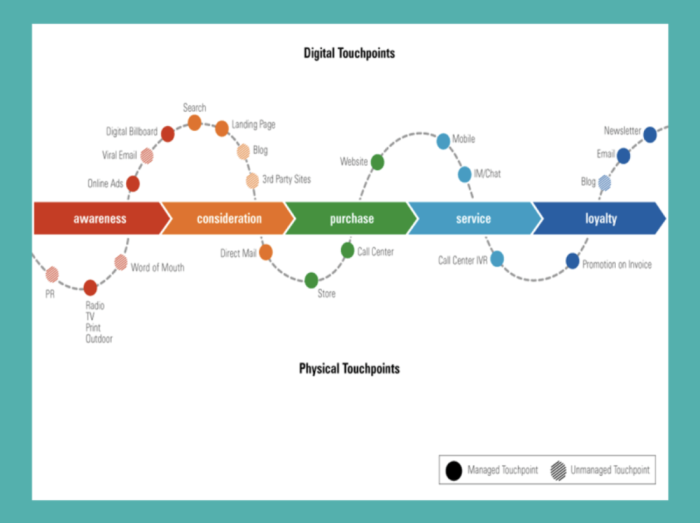
Collect and analyze feedback
Get ready to bring all your departments together with customer feedback. Traditionally, when we think about collecting customer feedback, NPS surveys come to mind or “how would you rate this conversation”, but to be completely customer-centric—you need to broaden your feedback horizons. For example, if your company targets global customers, the excellent choices to build a robust customer feedback collecting system are email surveys or phone services such as Global Call Forwarding.
“You should always be collecting customer feedback, whether that’s post-support to ask what could have been done better or through in-app NPS surveys. At Unstack, every support document has a satisfaction survey, which doesn’t yield many replies, but the replies we get are integral for help doc improvements. Lastly, for every customer who churns, we kindly ask them to schedule an optional exit interview which helps us understand what went wrong during their experience.”
— Chris Cardone, Customer Success Lead @ Unstack
As Chris says, collecting customer feedback should be proactive as well as retrospective. Being customer-centric is about assessing how you’re doing, but also improving key points in the customer journey with that said feedback. Simple three smiley face microsurveys on blogs and help center docs can help your marketing and CS teams improve their content to meet users’ intent and needs. Allow optional comments fields too for customers who want to give more feedback.
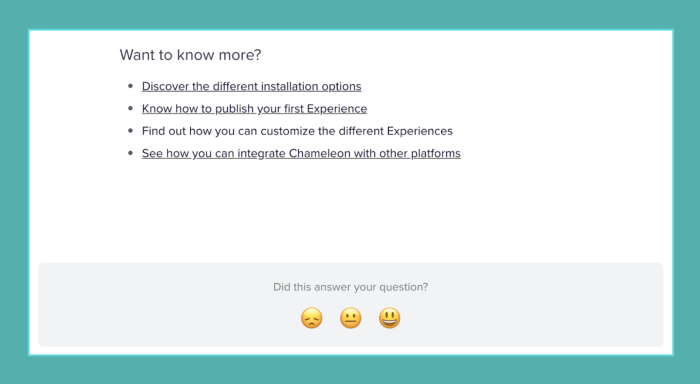
Customer feedback should be used to identify and analyze customer wants and needs too, and then fed back to your product team to keep them informed, as Anca explains.
“First you need to identify the sources of feedback: your Sales, CS, and Support teams are naturally the ones who will get the most feedback. But do they have the tools to identify and collect it? A unified system (i.e. logging "product gaps" in a CRM) of collecting feedback is crucial. Then, make sure that feedback is readily available for Product to consume and that is categorized according to your team distribution.”
— Anca Croitoru, Senior Customer Success Manager @ Mixpanel
Consider feeding all of your customer feedback into a shared workspace, like Notion or Airtable, where all teams can view and understand what users are saying. This will help you identify new feature opportunities, content updates, and points of frustration. When this information is readily available and actionable, customer feedback can be incorporated into sprint and KPI planning sessions.
Build features your customers crave
Leading on from the previous point, you should be using this wealth of feedback to build a customer-centric product with all the features your customers want. And you should be actively seeking feedback to create new features too, like what Maze does. Maze has a features request page where customers can request new features and the community can upvote these ideas. This is brilliant as Maze allows their customers to tell them what they want and they can gauge interest in specific new features, which can then be put into action.
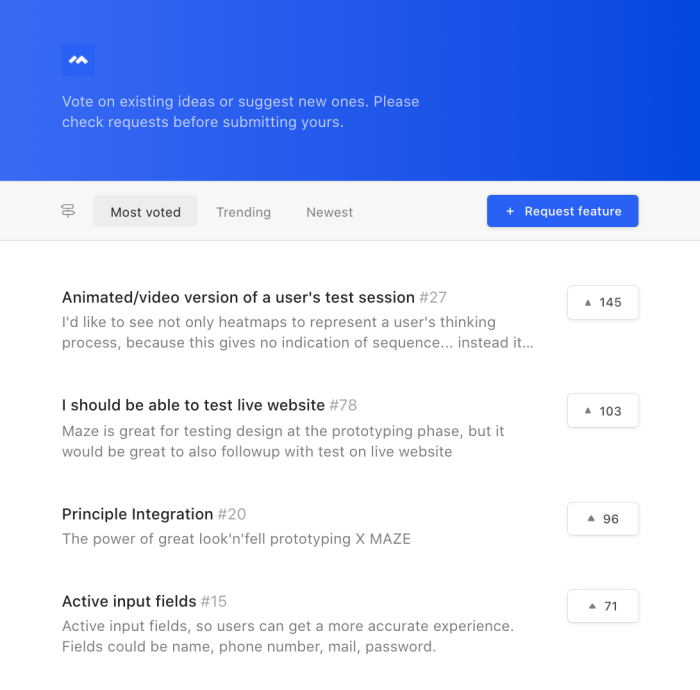
As well as actively asking for feedback, your customer-centric strategy should incorporate using existing feedback to fuel your product roadmap. Take that base of customer feedback from the previous point, and go further with it.
“Examine the feedback you have. What part of the product is the feedback about? Is this a completely new feature? Is it a usability issue? Make sure to train your customer-facing teams to be able to identify and correctly categorize the feedback.”
— Anca Croitoru, Senior Customer Success Manager @ Mixpanel
You can tag your user feedback by the theme or feature it concerns and relay this information to your product team. And your CS team will be the catalyst for turning feedback into company actions—they can help your product team by assigning priority scores to each feedback point. The RICE framework is a great, product-led, way to do this. From there, you can order feedback in order of priorities, which can then feed into your product team’s planning.
Onboard users the right way
Being customer-centric means that you open the door for your customers—and roll out the red carpet too. Don’t expect customers to stick around if they don’t know the way to the features that fit their needs best. And customer loyalty goes hand in hand with great user onboarding—86% of people say that they’d be more likely to remain loyal to a company that provides great onboarding content.
“Onboarding is the ultimate opportunity for getting to know a customer and setting expectations. It’s also the perfect moment to educate customers and really sort them out with the tools to succeed. Customer onboarding is not so much about getting customers up and paying, it’s really about crafting an entire experience around their success.”
— Tiago Mota, Technical Champion @ Chameleon
Onboarding should be an omnichannel experience for your customers. It’s important that they feel like they’re a priority. Make use of the following five channels to onboard your users in the right way:
Email: use welcome email sequences to nudge people towards important sticky features that encourage adoption
In-app messaging: this is the red carpet we spoke about—a product tour will ensure that customers don’t feel overwhelmed with a new tool
Live chat: show customers that you’re always there to help with a chat option, you can offer help center articles as default too to reduce support tickets
Website personalization: customize your website and login pages to show related content for your customers based on what you know about their use cases
Customer calls: allow customers to book in for calls with your sales or CS teams at a time that suits them
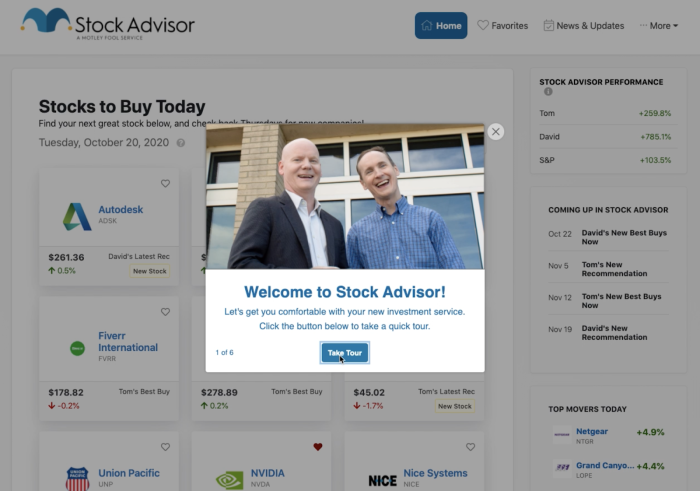
An example of a successful onboarding tool that reduced churn by 9%—discover how The Motley Fool did it...
"Think about going to a restaurant and the waiter guides you through the menu, they get to know your tastes and interests and offer you suggestions that fit your needs—as opposed to just handing you an overwhelming menu with a dozen options. This is pure customer-centricity. We solve a need that is common for a set of customers, but strive to find ways to personalize the customer experience so that we can solve this unique need for a specific customer."
— Tiago Mota, Technical Champion @ Chameleon
Offer proactive support
Proactive support means identifying potential problems before they happen, allowing you to solve customer issues before customers have to get in touch with you. By anticipating customer needs and potential issues, you show a deeper understanding of your users and increase customer loyalty and satisfaction. This all contributes to that cycle of user-centricity and results in you having more resources to invest back into the flywheel.
So why should you be proactive? Well, 87% of customers want to be contacted proactively by a company, and 96% of dissatisfied customers won’t actually complain to you. That’s a whole lot of upset customers who you don’t even know are peeved off. Okay, now how can you solve a problem without knowing what the problem is? Knowing who your customers are is a starting point:
“Say you're building a web form tool for marketers and you have these amazing design features, but you notice very few people are using them. There's a few things you can do: mass communications (in-app messaging), webinars showcasing that part of your product, 1:1 communication (for higher-paying customers) where you can customize the messaging, and you can ask Product to do UX research and identify whether this is a discoverability issue.”
— Anca Croitoru, Senior Customer Success Manager @ Mixpanel
Like with onboarding, an omnichannel approach to proactive support is vital here in your quest for customer-centricity. It should be easy for customers to find the answers they’re looking for, or to discover features that they didn’t know existed—which will bring them delight. And the customer self-service approach allows customers to educate themselves.
Here's how they apply this approach at Unstack.
“At Unstack, we send personalized user onboarding flows that educate customers on the most common confusions since we understand that customers who fully understand the value of the platform are more likely to happily convert. Additionally, providing an easily accessible resource hub is essential, so customers can self-serve on help content.”
— Chris Cardone, Customer Success Lead @ Unstack
As Chris points out, user onboarding and proactive support work harmoniously together. The more users learn during onboarding mean the less support they will need in the long term. There should be an effort on the user’s end as they learn how to use your tool, but there should also be a reward for them too e.g. increased profits, productivity, or control.
Some other ideas for setting up a proactive support system are:
Creating a self-service experience: make use of video tutorials, in-product tours, how-to articles, tooltips, and extensive FAQ sections
Admitting mistakes before customers complain: platforms have downtime and outages, we understand that—but user frustration happens when businesses don’t communicate what’s going on
Setting up an email autoresponder is also a great way to proactively let customers know that their emails have been received and that you will get back to them
Asking users for feedback: interview customers, run microsurveys on your platform, offer customer feedback forms on your site, and always ask how you’re doing after communicating with users
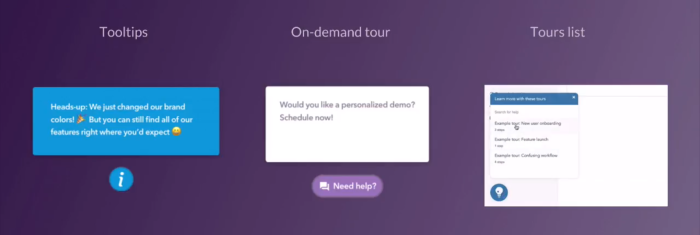
Be transparent and honest
A simple, yet important one. Customer-centric companies are honest in their communication and share regular updates with their customers. And that transparency should flow through everything you do, or say.
Pricing changes are a great example of this—and they’re so easy to get wrong. In 2019, Typeform changed its legacy free plan to include fewer features and moved more advanced features onto paid plans with new pricing tiers. To make this transition easier, they put together a whole page on what was happening and why—plus, they included the option to get in touch with their CS team for additional information and support. This was honest communication and I imagine those users who had been with Typeform for years on the free plan would have considered upgrading—with a discount too!
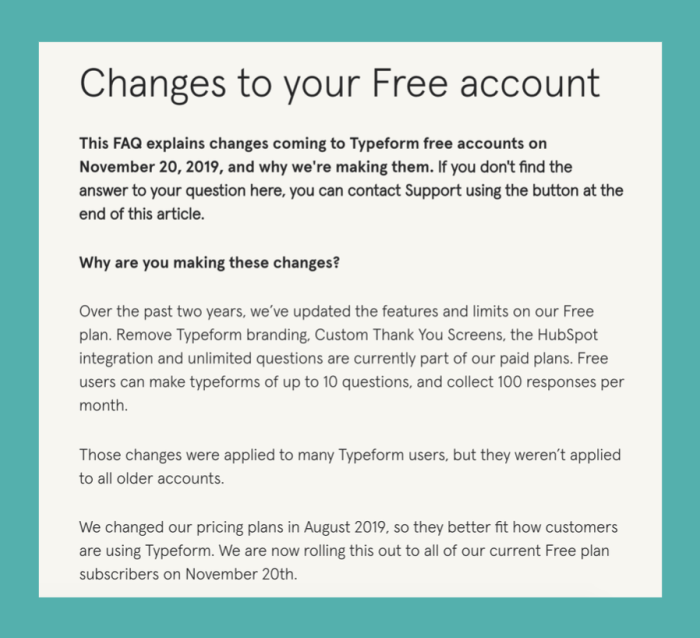
Another way to foster customer-centricity is to show that you’re human. For example, there’s nothing more frustrating for me than when I reach out on social media to a brand and you get an automated reply asking me to email them back 🙃 Take opportunities like this to go above and beyond and show that you’re 110% customer-centric—you can even have a bit of fun with it as this British supermarket does:
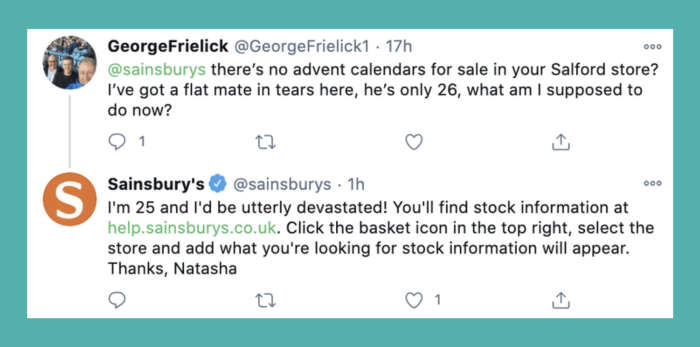
Look after your employees
Onto the final point. There’s no way your business will become customer-centric if you don’t have happy staff behind the brand. A recent study found that each star ranking you gain on the company rating site, Glassdoor, results in up to a 1.3-point out of 100 increase in customer satisfaction scores as well as a 19% increase in long-term market valuation (if you need to convince Finance).
“Happiness is contagious! It’s now commonplace the idea that a happy employee is a good employee, they’re more productive and committed, less likely to leave the company, and definitely more energetic. For a customer-centric company, this is huge—care and concern for the customers’ needs will be genuine, and happiness will be spread”
— Tiago Mota, Technical Champion @ Chameleon
So roll out the perks and strive to create the best company culture—it will ooze through your customer communications and see you on your way to becoming the best customer-centric brand.
Measuring the results of being customer-centric
Once you’ve got everyone onboard the customer delight train, you’ll need to develop internal processes to measure how well you’re doing—and to see where you can improve. There are a few different ways in which you can monitor how well you’re doing at being customer-centric, here’s what we recommend.
Customer retention
How long do your customers stick around? Measuring customer retention will help you to understand how your customers feel about your business.
“One word: retention. If you’re really customer-centric, your customers will stick around longer because they will feel you really care about their needs and feedback and would eventually feel like their part of your team. I can't think of a better way to measure this.”
— Anca Croitoru, Senior Customer Success Manager @ Mixpanel
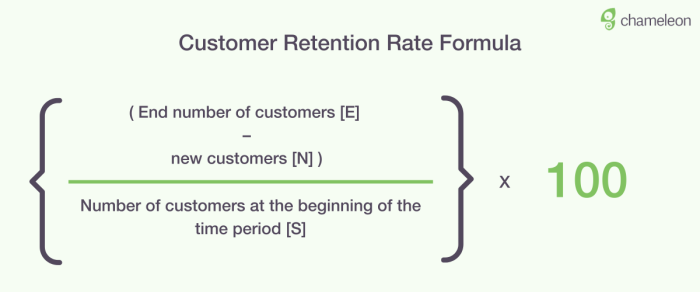
CSAT score
Also known as the happy customer KPI, the CSAT score will give you an indication of how many delighted users you have.

To calculate the score, take the number of customers who are satisfied, or very satisfied, and divide that number by how many customers answered the microsurvey, then multiply it by 100. Then you’ll have a percentage number which you can strive to keep improving upon. Remember to always leave an open-ended field to collect feedback.
Net Promoter Score
An essential measurement for successful customer-centric companies. Net Promoter Score is calculated when you discard the passives and subtract the percentage of detractors from the percentage of promoters. A company’s NPS score can be from -100 to 100.
CES Score
A twist on the traditional surveys to measure your customer-centricity—this one is better suited to teams looking to improve their overall user experience. The CES microsurvey can help you increase user adoption and is particularly helpful for product teams. To measure your CES score, repeat what you did with the CSAT score, but this time, use the numbers 1-5 to represent the emojis.
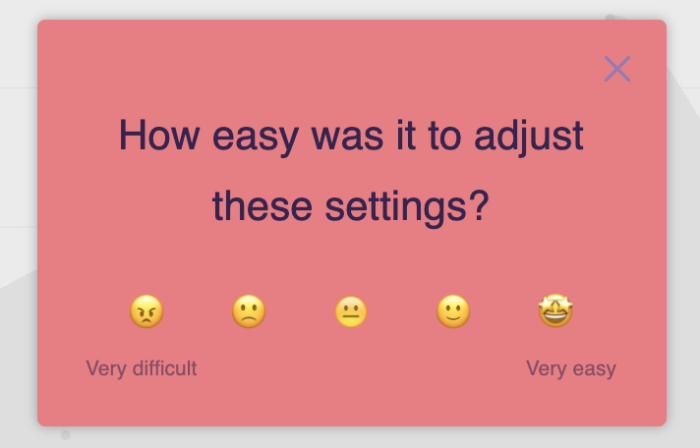
“CSAT, NPS, and CES are great ways to begin in the measurement of customer-centricity, you should see these rise to higher numbers the more you develop a customer-centric culture. Make use of a variety of feedback channels or these microsurveys may become riddled with negative feedback simply because customers haven’t been provided other outlets for their product requests”
— Chris Cardone, Customer Success Lead @ Unstack
Final thoughts on customer centricity
Becoming a customer-centric company will take time and effort—but the returns are invaluable. Customer-centric companies see a rise in profits, customer satisfaction, and employee happiness. Keep taking small steps in the right direction and put user onboarding and customer feedback at the top of your to-do list, you’ll get there!

Weekly advice to make your product stick 💌
Be the first to get the latest product best practices and resources




